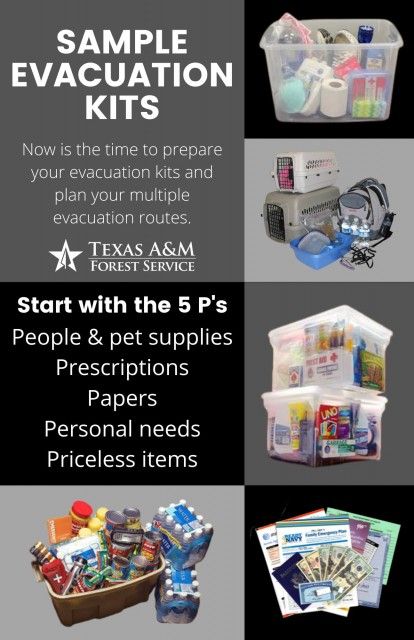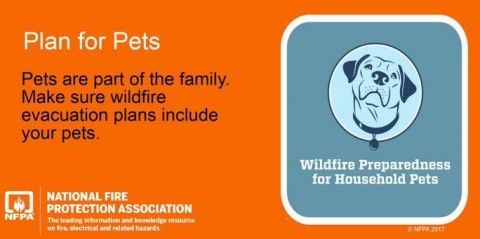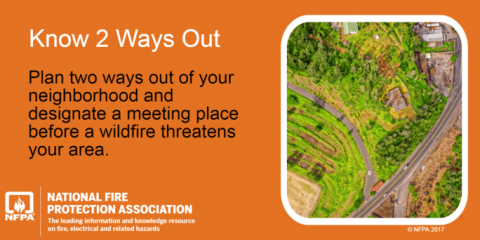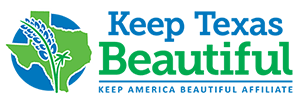Blog post written by Erin O’Connor, Wildland Urban Interface Specialist III at Texas A&M Forest Service
As a homeowner, you are not powerless in your defense against wildfires. By taking a proactive approach to wildfire prevention and mitigation, you can significantly increase your safety and your home’s likelihood of survival during a catastrophic wildfire event. Homeowners can utilize the following tips to increase their home’s survivability and help create a safe place for first responders to work in.
- Prioritize efforts within the first five feet from the home, making this a non-combustible area. Remove, or scale back, vegetation that touches the home and consider placing rock or another non-flammable material here.
- Move firewood stacks 30 feet from the home.
- Clean gutters and ensure that debris is removed.
- Remove anything stored under decks or porches.
- Ensure that addresses are visible and easy to read from the road.
The actions you take to reduce the risk on your property before a fire occurs can make all the difference.
Wildfire outbreak events can be an immediate threat to public safety. Evacuation preparation is one of the most important things you can do right now before wildfire season begins.
- Plan multiple evacuation routes from your home in the event that one becomes compromised due to heavy smoke.
- Assemble a “Go-Kit” that includes items from the 5 P’s:
- People and pet supplies
- Prescription medications and other necessary medical equipment
- Papers such as insurance and identification documents
- Personal needs like food, clothing, water, cash, first aid kits, phones and chargers
- Priceless items such as photos, family heirlooms, and any other irreplaceable or valuable items
- Listen to officials and, if necessary, evacuate early to get you and your loved ones out of harm’s way.
A quick response to a wildfire is critical for saving your home. Firefighting personnel must be able to quickly locate and safely travel to your home. Emergency responders may not be familiar with your community, so highly visible signs are important to help them find their way.
You must also remember that fire trucks are larger and heavier than normal vehicles, it is essential that all access lanes are wide enough, have proper clearance and can support the weight of fire vehicles. Here are a few tips to help improve access to your property:
Street Signs
- At least 3-inches tall
- Words on a contrasting color background
- Made of reflective material
- Made of fire-resistant material
- Visible from both directions
Addresses
- Streets should be labeled, having different names and numbers.
- Your home should have its own house number and be in numerical order along your street.
- If your home is set back from the street, post your address at the end of your driveway where it is visible from the street.
- If multiple homes share a single driveway, post all addresses at the entrance from the street and at each appropriate intersection along the driveway.
Roads
- Single lane one-way roads should have turnout spaces at regular intervals to allow emergency vehicles access and cars to pass.
- Design a minimum of two primary roads in every development.
- Public and private streets should be a minimum of 10 feet wide, in order to allow two traffic lanes.
- Curves and intersections should be wide enough for large fire equipment to easily pass and turn.
- Streets and bridges should be built to withstand at least 40,000 pounds
- Roads and driveways must not be too steep or have sharp curves.
- Dead-end streets and long driveways should have a turnaround area designed as a T or circle large enough to allow emergency equipment to turn around.
Whether you live in a community with poorly labeled streets or at the end of a long dead-end road, making sure emergency personnel can quickly locate and get to your home can increase your home’s chance of survival during a wildfire.
For more information, visit https://tfsweb.tamu.edu/ProtectYourHome/ or https://www.facebook.com/wildfireeducation.prevention.



